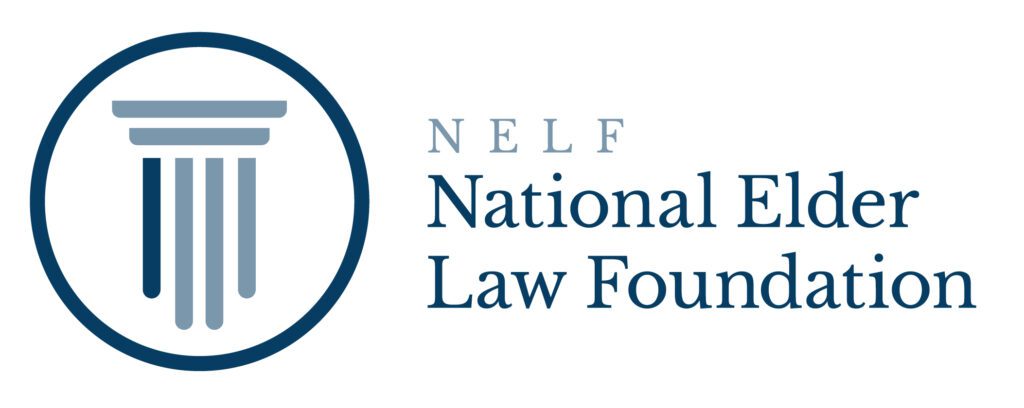Knowing when you must take a required minimum distribution from your retirement plans is part of effective estate, financial, and retirement planning. Keeping those funds deferred from income tax indefinitely is not permitted, and the required minimum distribution (“RMD”) may create a negative income tax consequence for you. See generally IRS Publication 590-B.
Retirement plans subject to RMD
RMD rules apply to your traditional IRA,SEP IRAs, SIMPLE IRAs, 401(k) plans, 403(b) plans, 457(b) plans, profit sharing plans and other defined contribution plans. Roth IRAs are not subject to RMD while you (the owner) are alive. And if you are still working and contributing to an employer-sponsored retirement plan and you do not own more than five (5) percent of the company, RMDs do not apply to that account until you retire.
You must take your first RMD for the year in which you turn age 72. If you reached age 70½ before January 1, 2020, then you had to take your first RMD for the year in which you turned 70½. If you turned age 70½ in 2020, your first RMD must be taken by April 1 of the year after you reach the age of 72. For all subsequent years, including the year you were paid the first RMD by April 1, you must take the RMD by December 31 of that year.
Your RMD must be calculated for each IRA that you own. Look at the prior year’s balance of each IRA or retirement account and divide it by the life expectancy factor in tables published by the IRS. The table you use will depend upon your situation: Joint and Last Survivor Table if your spouse is more than 10 years younger than you and is the sole beneficiary; Uniform Lifetime Table if your spouse is not more than 10 years younger or is not your sole beneficiary; and the Single Life Expectancy Table if you are a beneficiary of an account or an inherited IRA. The worksheets are located on the IRS website.
Your RMDs are taxed at your income tax rate based upon the amount of the withdrawn RMD. If this is a qualified distribution from a Roth IRA, it is tax free.
Qualified charitable distribution
If you are charitably inclined and over the age of 70½, a qualified charitable distribution (“QCD”) is a good option. Your QCD can satisfy all or part of the amount of your RMD. The distribution is made directly from the custodian of your IRA to the charity and does not create a negative income tax consequence to you. If you take the RMD as income, instead of as a QCD, your RMD will count as taxable income. That additional taxable income may increase your tax bracket and impact your eligibility for certain tax credits and deductions. The QCD annual limit is currently $100,000.00. If you are a joint tax filer, both you and your spouse can make a $100,000.00 QCD. Be aware that any small gift or reward from the charity could make the entire contribution ineligible for QCD treatment. Certain charities are not eligible to receive QCDs. Gifts to private foundations and to donor-advised funds, or gifts that are used to fund charitable gift annuities are not eligible for QCDs. For more on charitable contributions, visit IRS Publication 526.
While RMDs may seem tedious and complicated, it is critical to have a trusted attorney, financial advisor, and an accountant with whom you consult as these decisions may have a negative financial impact upon you and your family. Failure to take the RMD in full by the required deadline will result in that amount not withdrawn being taxed at 50%.





